Romania
Things to DO
Tulcea
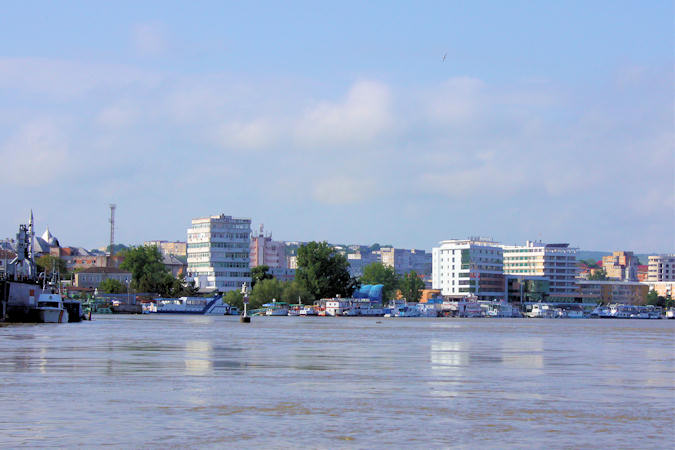 |
|||||
The city of Tulcea, laid out on seven hills like Rome, has been an important harbor since ancient times.
Founded in the 7th century BC by the Dacians, Aegyssus, as the city was known in antiquity, was conquered by the Romans
who rebuilt it after their plans, their technique and architectural vision.
Aegussyus was first mentioned in the documents of Diodorus of Sicily (3rd century BC) and later, in the works of
the Latin poet, Ovid, who referred to it in Ex Ponto, attesting that the name traces its origin back to its founder, a Dacian
named Carpyus Aegyssus.
The town was successively under Byzantine (5th - 7th century), Genoese (10th - 13th century) and Ottoman
rule before finally being reunited with Romania in 1878.
St. Nicholas' Church (1865)
In the centre of the Tulcea, you can find Saint Nicolas Church, the Cathedral of Tulcea. Made of stone and brick, the building is
30 metres tall, in Byzantine style with three towers: two in front and the third (the largest one) is situated in the middle.
Inside, the cell is made of 15 bolts lay down on eight massive poles made of stone and brick.
The paintings, in Renaissance style, were made by painter and professor D. Marinescu, from the School of Art in Bucharest,
between 1905 and 1906.
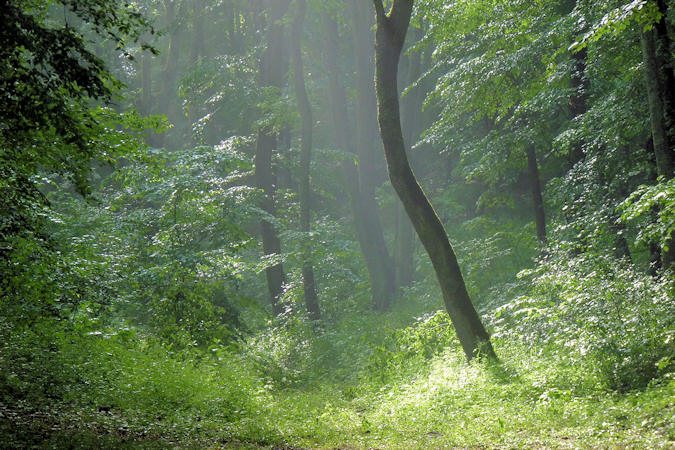 |
|||||
Babadag Forest
Babadag forest is an attractive Mediterranean forest forest dominated by oak species, mixed with lime, maple, and elm.
In the forests which, some rare plants included in the European Red List such as numerous species of orchids, clematis and Peony
can be seen.
The open parts are good for Mediterranean reptile species.
Enisala Fortress
The Enisala Fortress, built by Genoese merchants to protect there trading routes, is a 12th to 14th century medieval fortress
sitting high on a hill overlooking Lake Razim and a vast field of reed grass and water channels, about 45 km south of Tulcea.
The fortress was conquered by the Ottomans in 1388/1389, and retaken in 1416/1417 after a brief Wallachian rule (it belonged
to Wallachia's Prince Mircea the Elder).
By the 16th century, the citadel had been abandoned.
Danube Delta
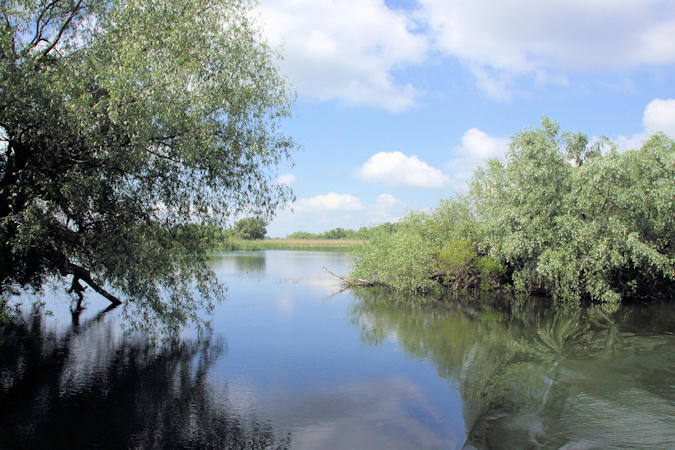 |
|||||
The Danube Delta is the second largest delta (Volga is the first) but best preserved of European deltas, with an area
of 3.446 km2.
The delta was created over the past 5.000 years—through much of recorded history. Before that, the delta was a gulf of the Black Sea.
The deposition of million tons of alluvia links the three branches of the Danube: Chilia, Sulina and Sfantu
Gheorghe with a fascinating net of channels, brooks and ponds.
Wherever you look, you can see floating islets covered by rush and reed, rainforest-like lianas, lakes with muddy depths and
surfaces carpeted by water lilies.
Every year, the alluvium deposited by the Danube increases the width of the Delta by around 40 meters, making it extremely dynamic
and the youngest land in Europe.
Between 1880 and 1902 a canal was dug to shorten the length of the Tulcea-Sulina channel by 20km, cementing Sulina’s status as
the delta’s main commercial port.
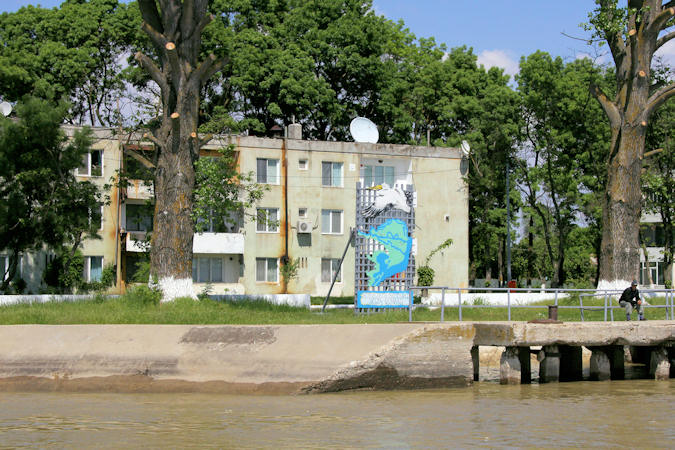 |
|||||
Crisan
Crisan is the main stepping-off point between Tulcea and Sulina. A fishermen’s village with a few houses spreading over the right
bank and a fishery on the opposite shore, it makes an excellent base for exploring the surrounding lakes and canals.
Letea
Letea is a village with Ukrainian traditions. The Ucrainians or Zaporozhian Cossacks arrive in the region of the Danube Delta in
the 1700s, under the reign of Russian Tsar Peter the Great and Empress Catherine II.
They came in more waves, first time they arrive in 1709, following their defeated in the Poltava battle, and later,
in 1755, when their priviledges were eliminated by Empress Catherine II.
The people in the village belong to the Old-Rite Orthodox confession, their church was built in the nineteenth century.
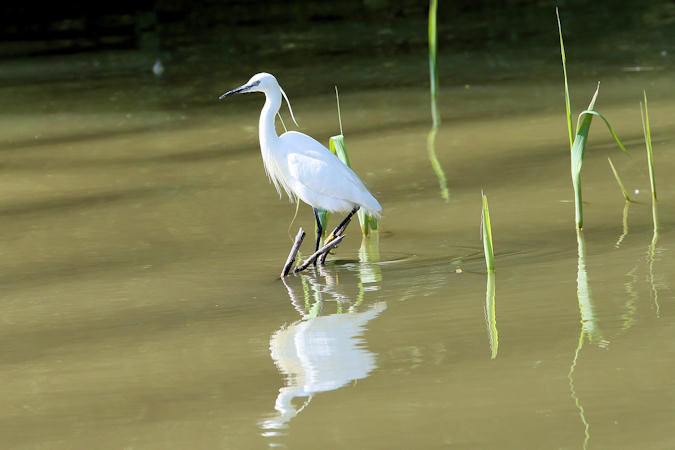 |
|||||
The Danube Delta is listed as a UNESCO Reservation of the Biosphere because of its peculiar features and its variety
of ecosystems (more than 25 types of natural ecosystems).
There are 16 strictly protected areas in which no economical activities are allowed, areas for ecological rehabilitation and buffer
zones between economical areas, where tourist activities are permitted as long as the environment is protected.
The Danube Delta is home to over 60% of the world’s population of Pygmy Cormorants (phalacrocorax pygmeus), 50% of
Red-breasted Geese (branta ruficollis) and the largest number of White Pelicans (pelecanus onocrotalus) and
Dalmatian Pelicans (pelecanus crispus) in Europe.